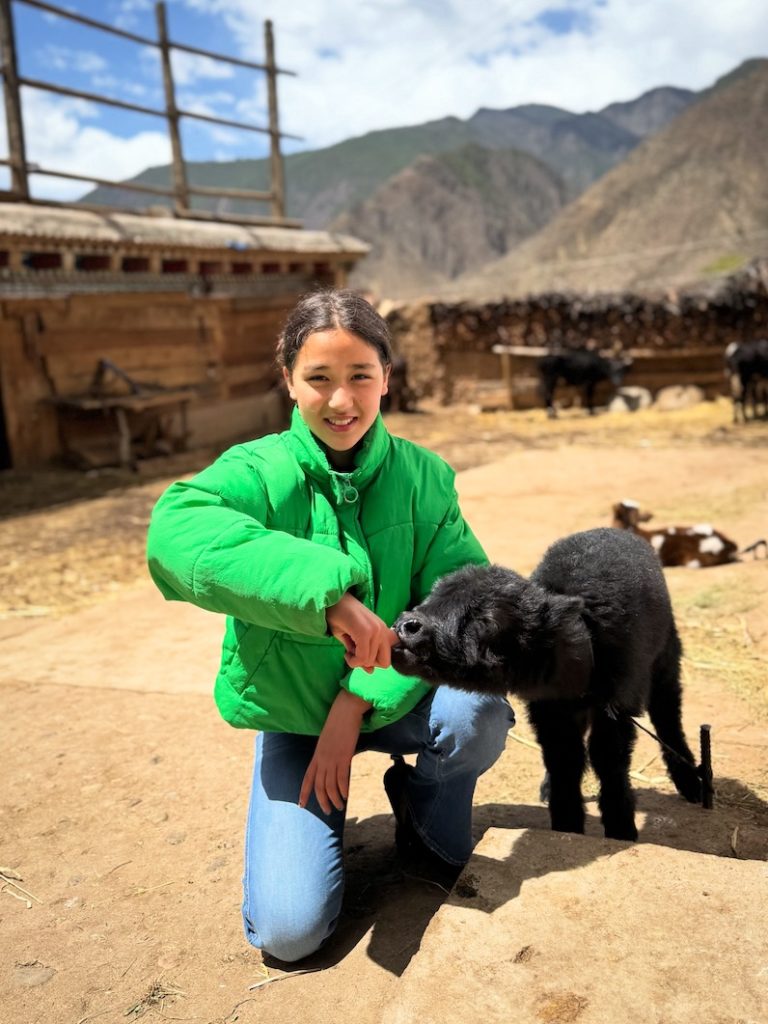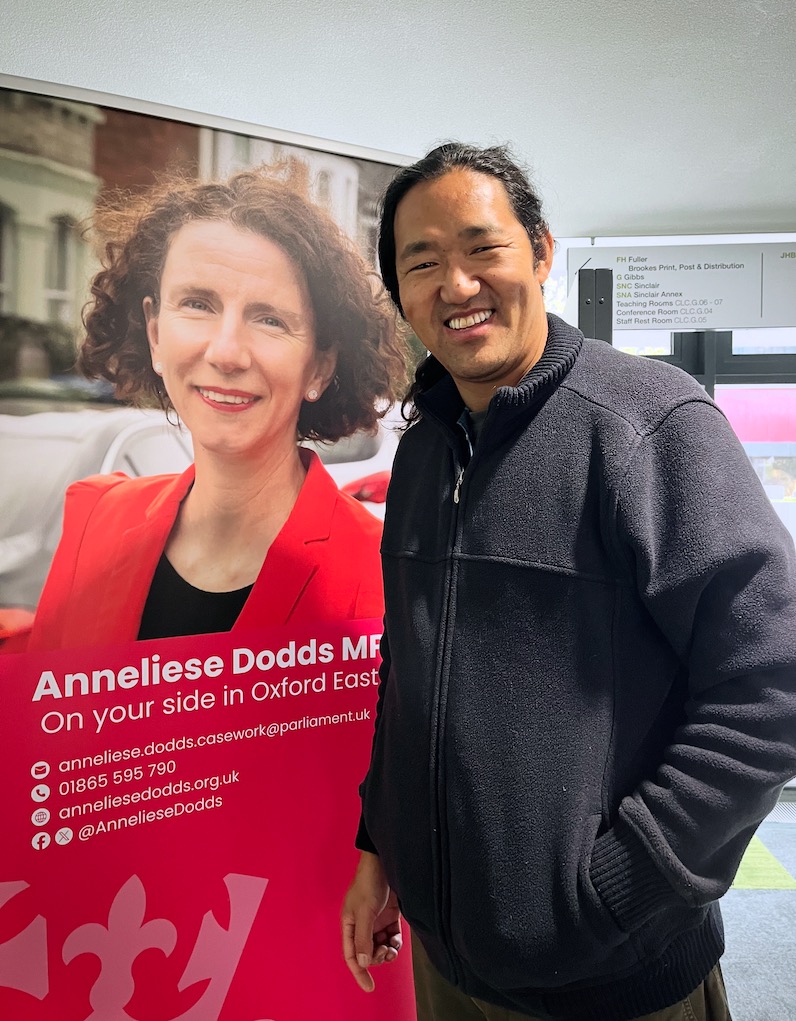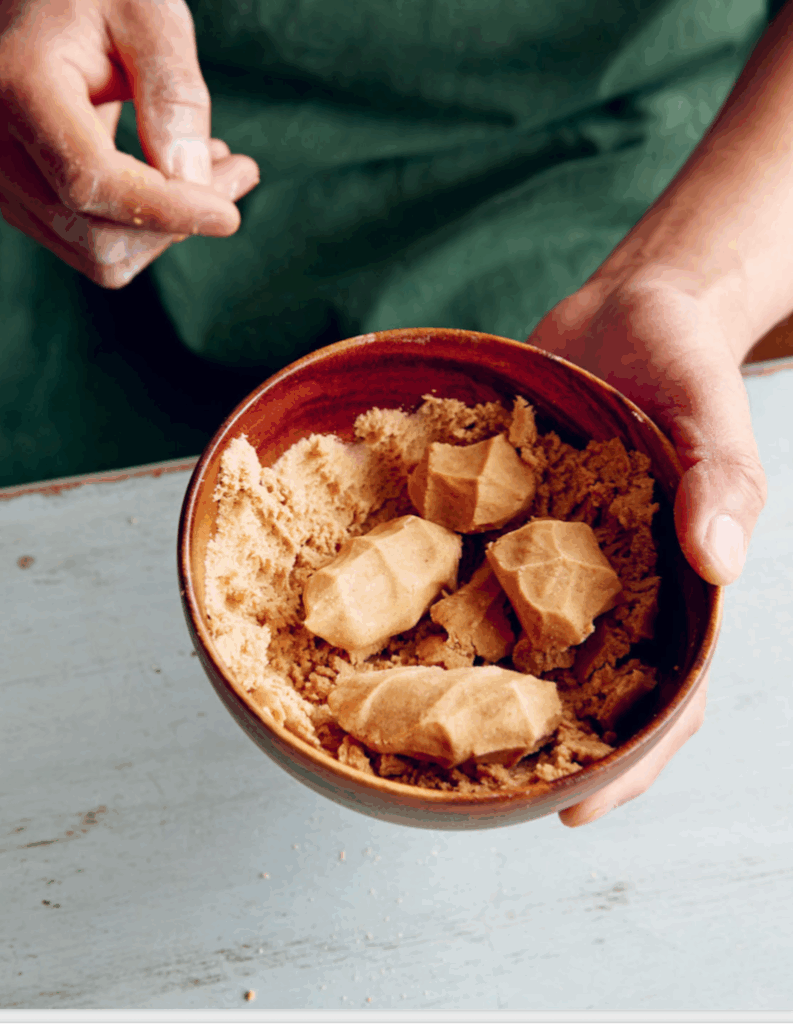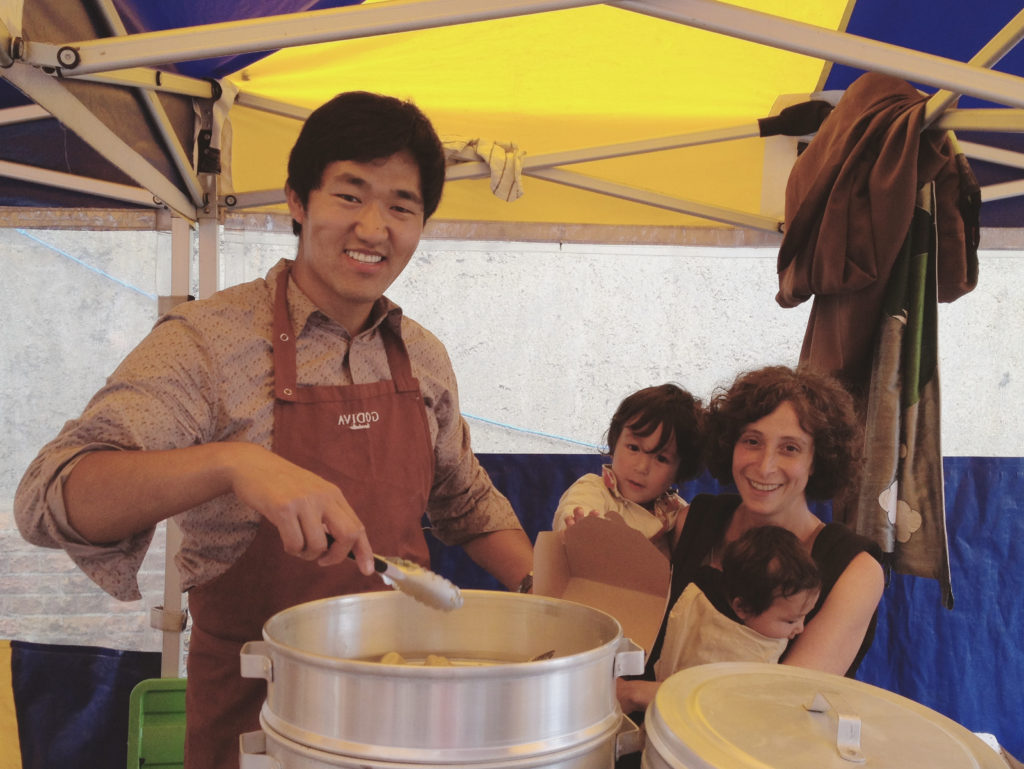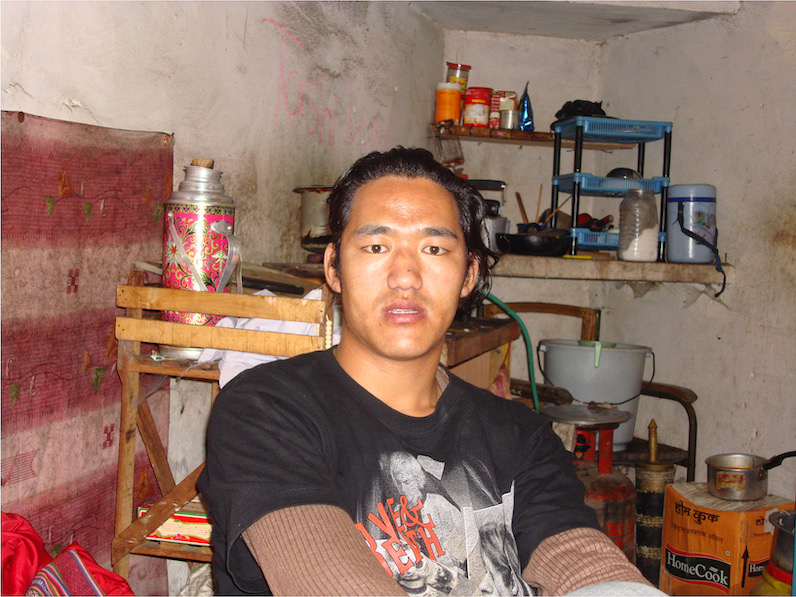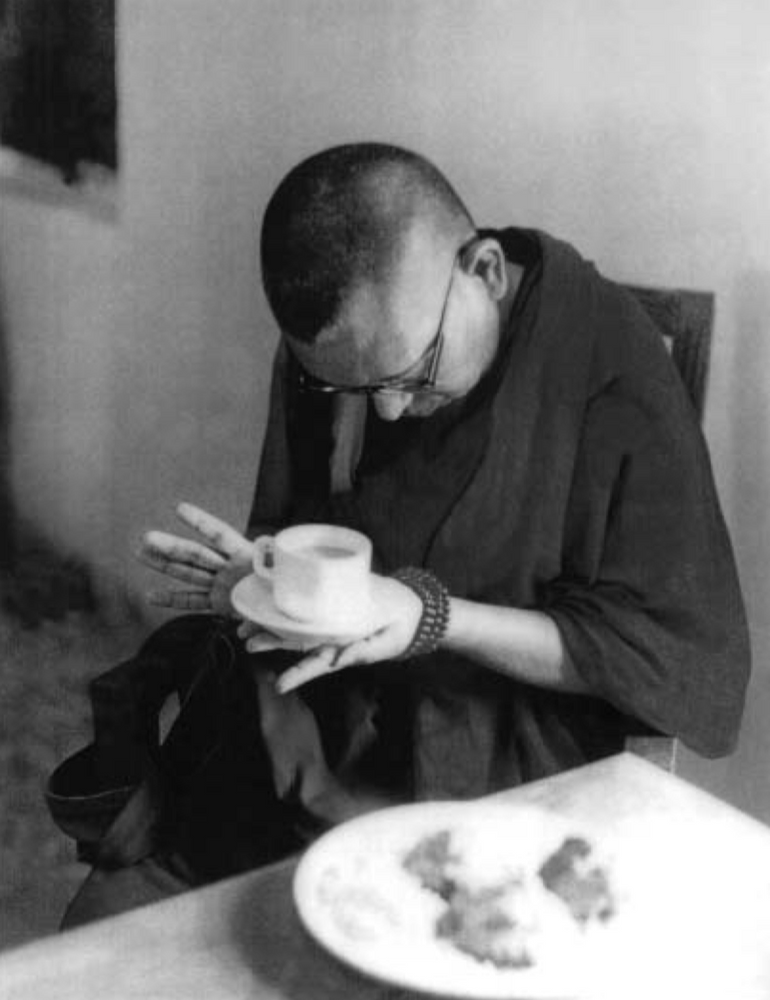
Offering prayers before food is a common practice among followers of all the world’s major religions. Christians, for example, say grace before their meals. Muslims recite the du’a whenever food or drink passes the lips. Hindus chant a prayer and sprinkle water around their food.
In Tibet, Buddhists also offer prayers at mealtimes. The practice is similar to that of other religions, but the motivation and wording of the prayer is arguably more complex.
The Buddhist prayer is designed to address our tendency, as humans, to eat without thought or even much enjoyment, to eat for temporary pleasure or with ideas of making ourselves more attractive, and so on. It aims to focus the mind on eating as a way to keep our bodies healthy so that we can be the best version of ourselves. The idea is that we can only help others when we ourselves are healthy in both body and mind.
Reflecting on the kindness of those who planted, harvested, transported, and packaged our food, Buddhists aim to develop a feeling of interconnectedness with others. They thank those who nourish them, so that they may nourish those who provided by return.
The central act of a Buddhist mealtime prayer is the offering of food to the Buddha. In this way, Buddhists practice non-attachment to food, or, to put it another way, they keep greed at bay by thinking of others before tucking in for their own enjoyment.
This lunchtime, take a moment to consider why you eat and how your meal has arrived on your plate. They say it makes the food taste better! Let us know what difference it makes for you.
#tastetibet #tibet #prayer #mealtime #tibetan #buddhism


